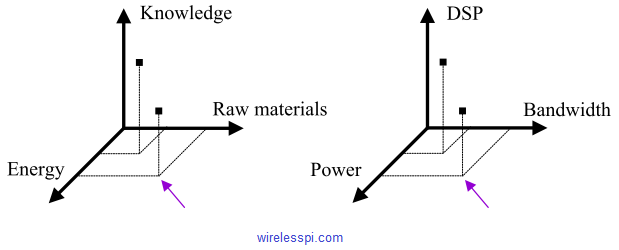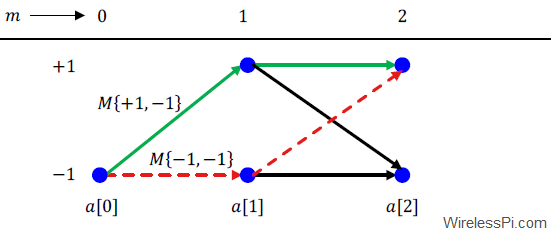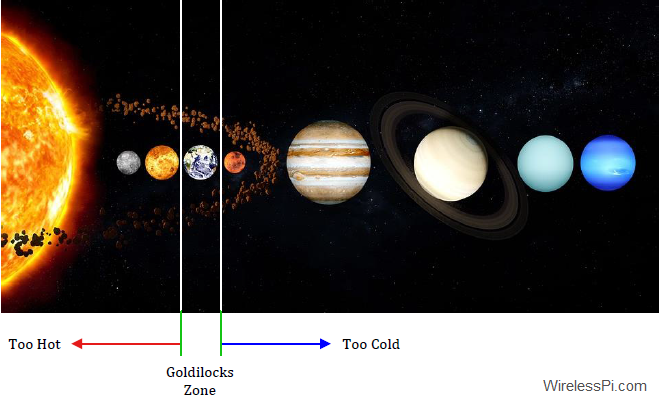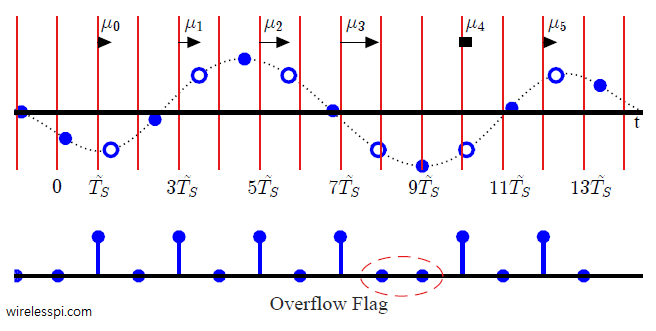In an introduction to signals, we discussed the idea that the any activities around us, starting from subatomic particles to massive societal networks, are generating signals all the time. Since mathematics is the language of the universe and digital signals are nothing but quantized number sequences, it is fair to say that the workings of the universe can be mapped to an infinitely large set of signals. With these number sequences in hand, an electronic computer can process the signals and either extract the information about the surrounding real world phenomena or even better influence its target environment. We saw
Continue reading


